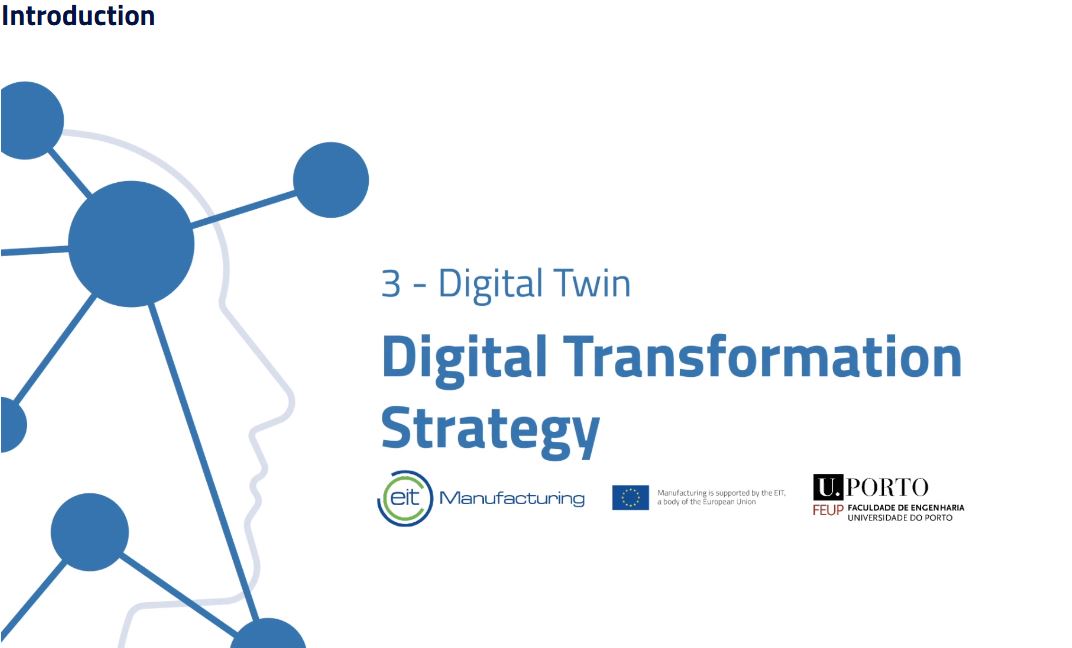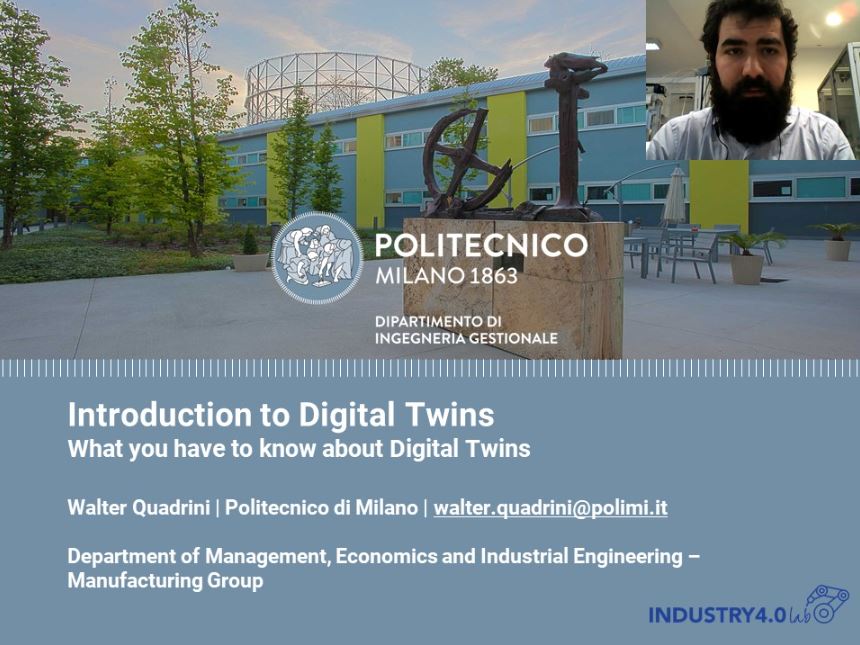Type of course:
Digital learning, Path
Language:
EN
Duration:
1 hour
Workload:
6 hours
Proficiency:
Intermediate
Target:
Professionals, Students
This course is officially recognised and labelled by the European Institute of Innovation and Technology (EIT). EIT Label is a quality mark awarded to programmes demonstrating outstanding innovation, educational excellence and societal impact.
In this Learning Path, the Trainee will receive an introduction to Porter’s Value Chain Concept and the influence that Industry 4.0, and its related technologies, has in its implementation and evaluation.The first Nugget is meant to give an understanding of the concept as well as how a basic evaluation is should be done. An example is shown and each component of the Concept is described. The following Nugget focusses in describing communication channels between Value Chain Activities and how these are affected by Industry 4.0 and its associated technologies. It demonstrates why it is important to quickly adopt these technologies while not forgetting the challenges they bring. The final nugget, before the assessment quiz, gives an example of how to organize a business with geographically distant centers of activity with the Value Chain Concept as a center pillar. An assessment nugget is then provided, in addition to the optional quizzes in the previous nuggets, so that the trainee can prove that knowledge has been gained.
Learning outcomes
- At the end of the LP the learner is able of describing Porter’s Value Chain Concept in detail, knowing the difference between the Primary and Secondary Activities.
- At the end of the LP the learner is able to study a production structure and identify its Value Chain and Activity Distribution. They can detail the business model according to Porter’s definitions and how increasing its integration with digital technologies can lead to resilience and flexibility of production.
- At the end of the LP the learner is able to identify communication channels between Value Chain Levels, their importance as well as identify missing channels, or opportunities to create these channels, in a Value Chain. They are capable of defining what and how much data is shared between levels in order to optimize production without adding entropy to the system.
LessonValue Chains and Industry 4.0
Course Content
LessonA Value Chain Use Case Scenario
Course Content
LessonAn Industrial Value Chain Approach: Assessment Quiz
Course Content
Topics
Digital Transformation, Transversal Skills, Entrepreneurship, Big Data










